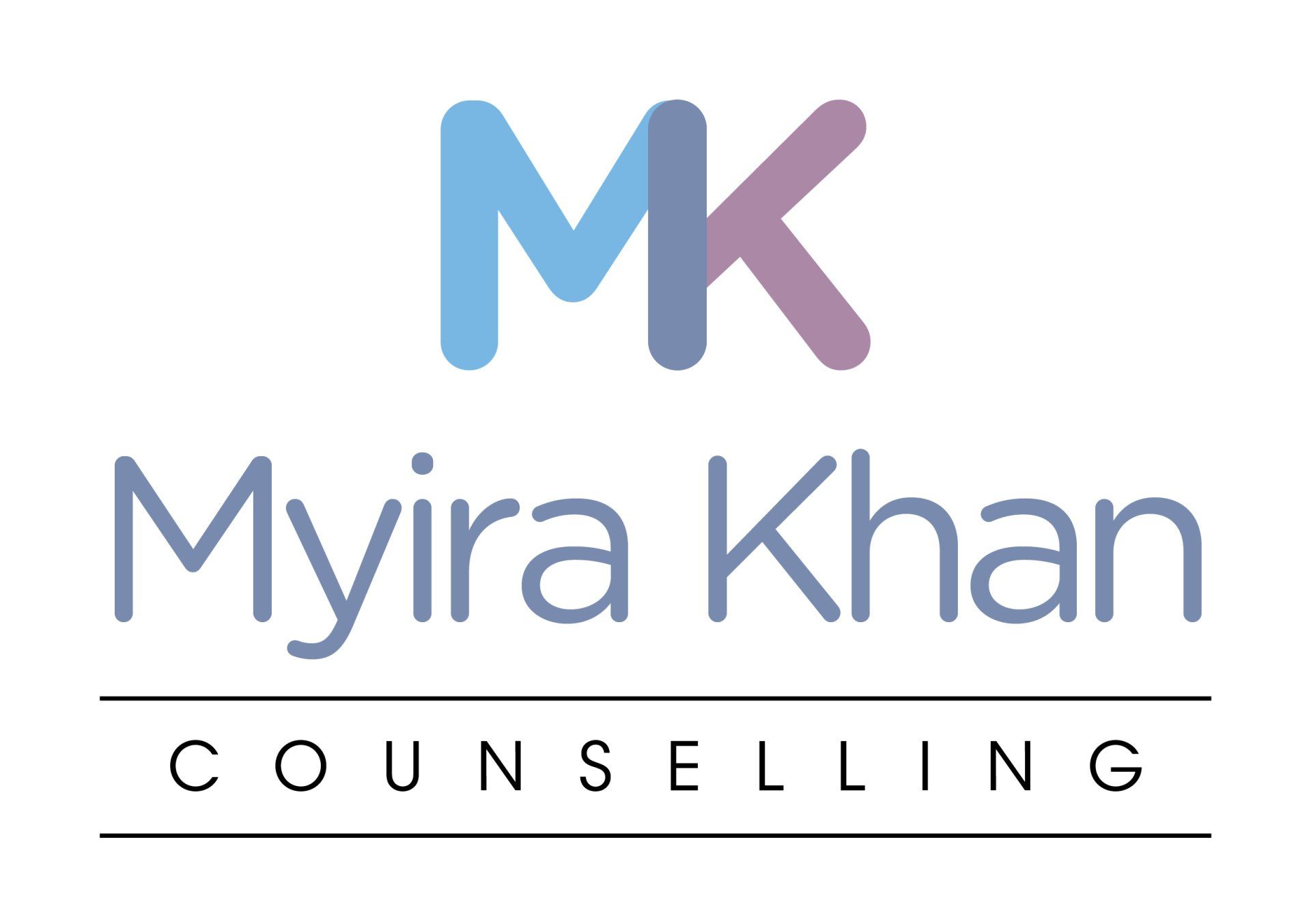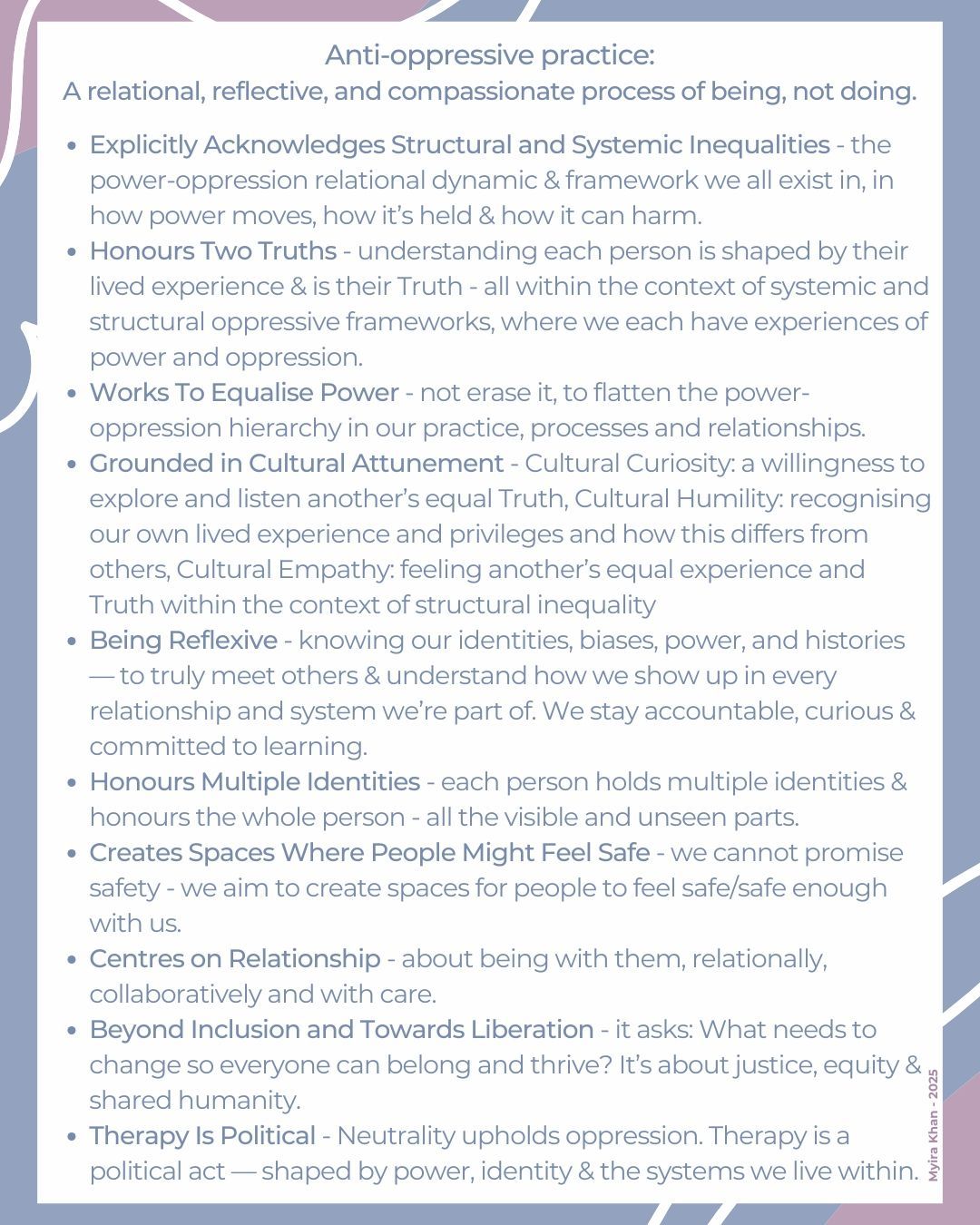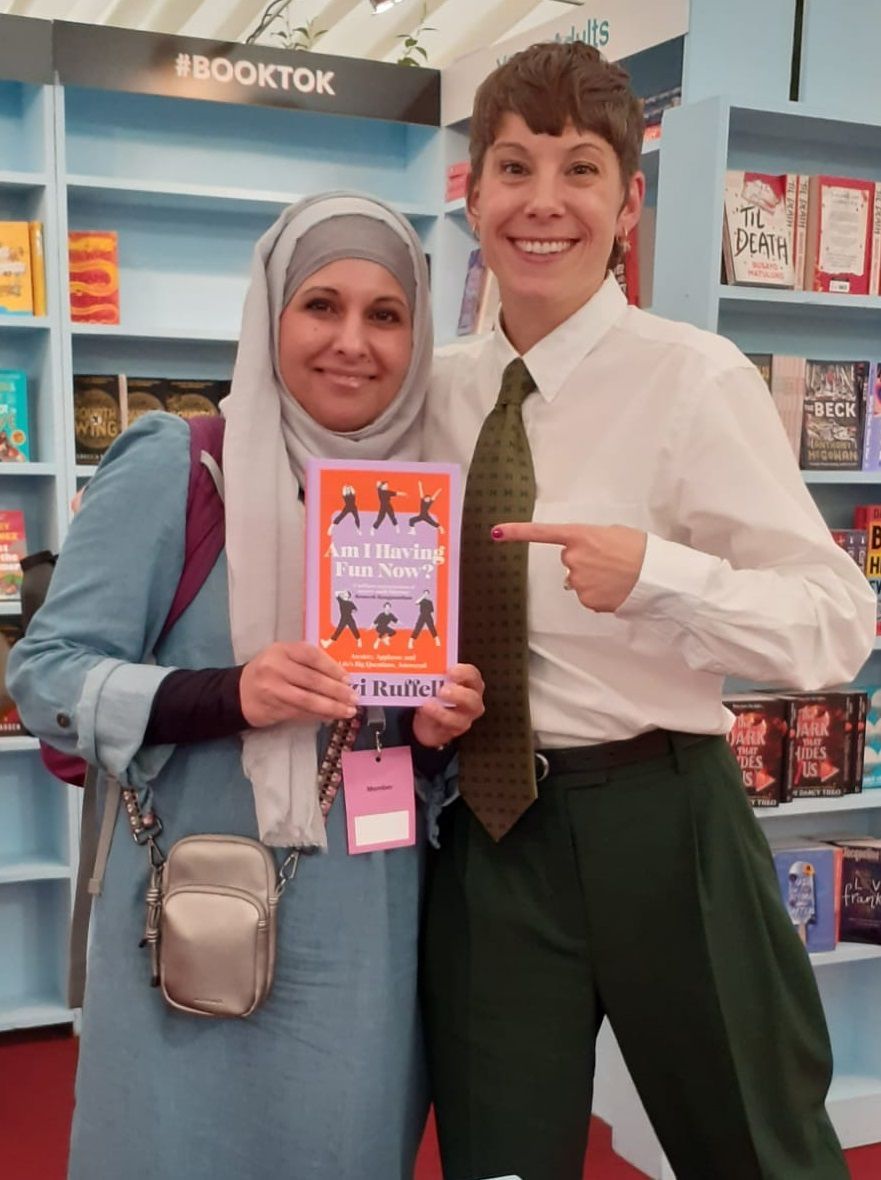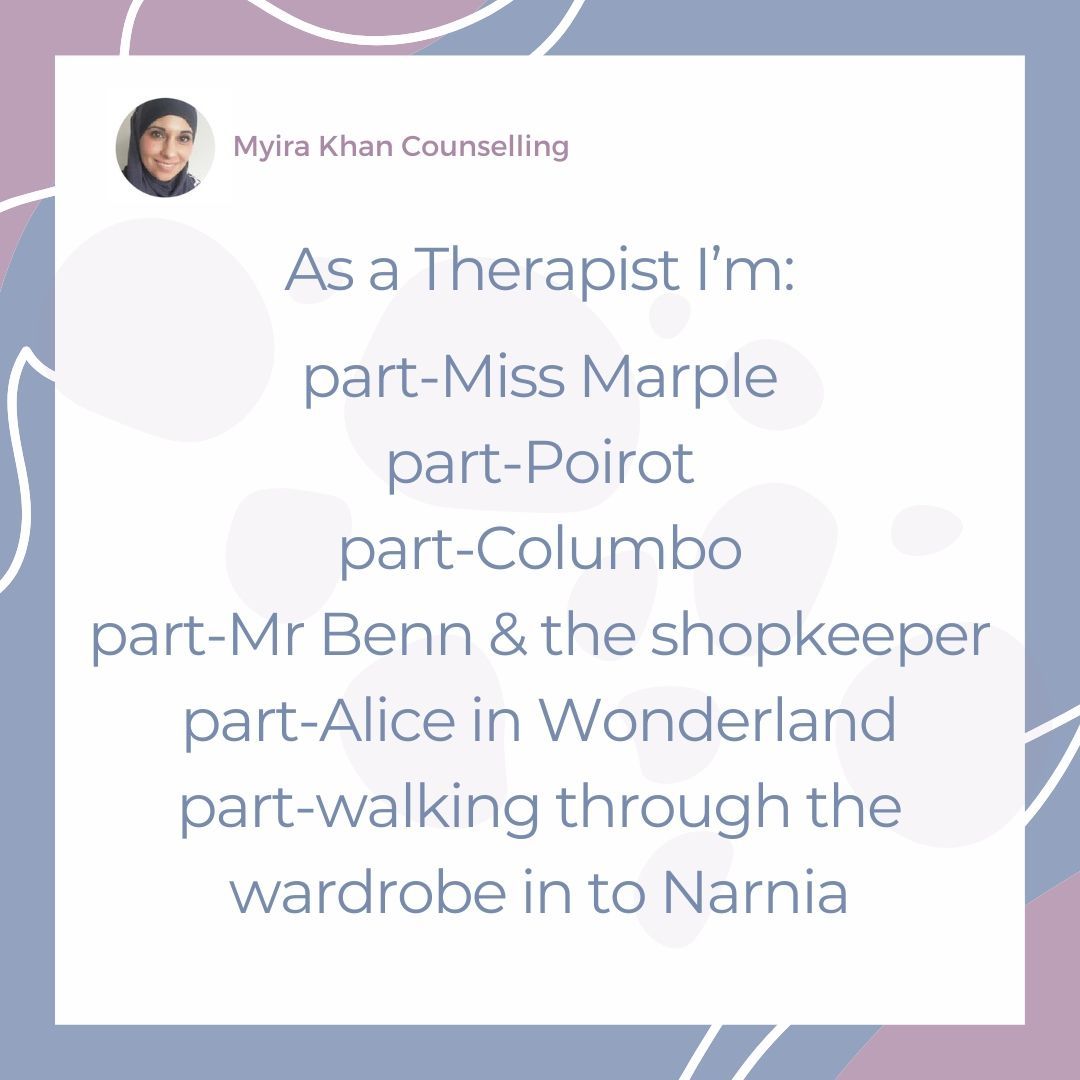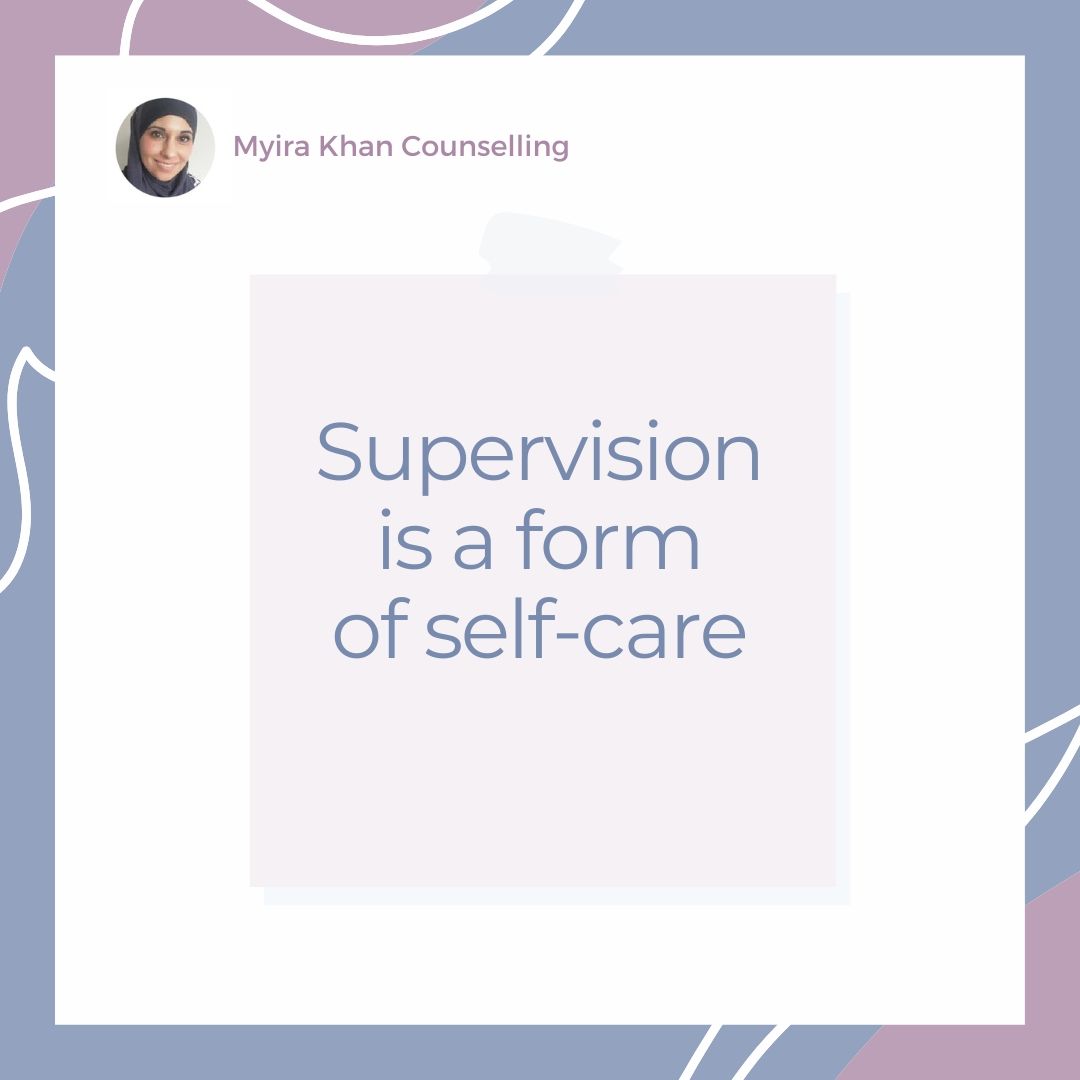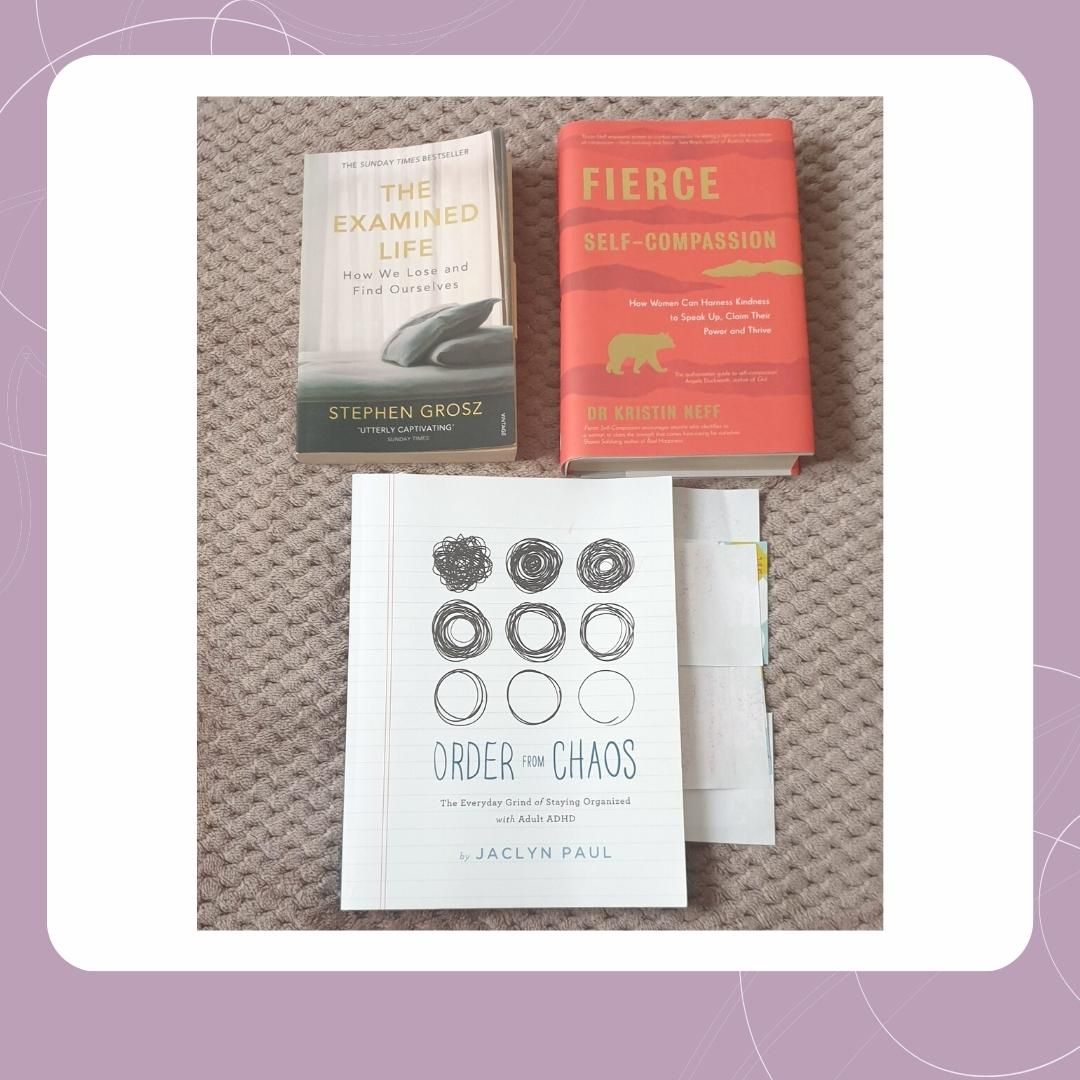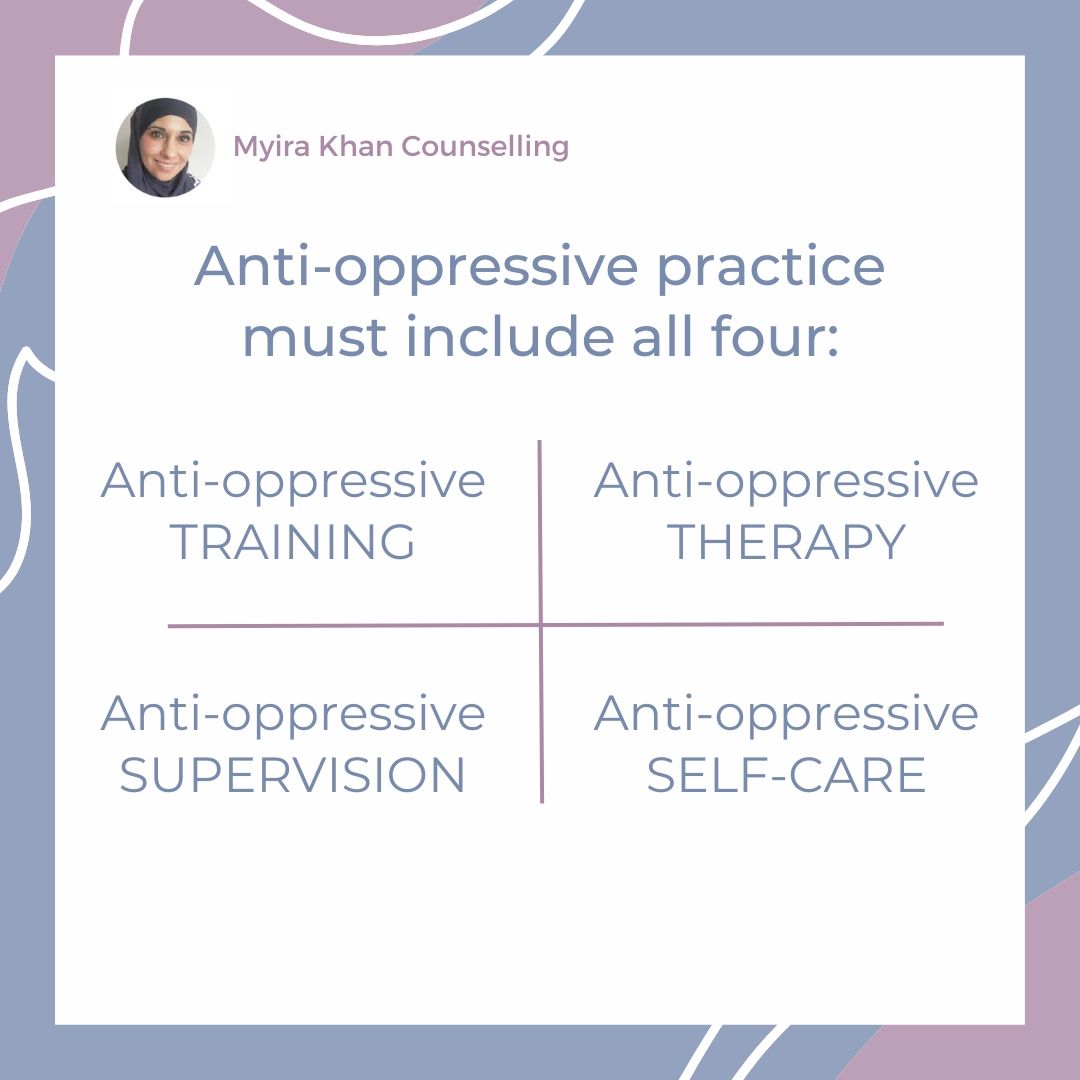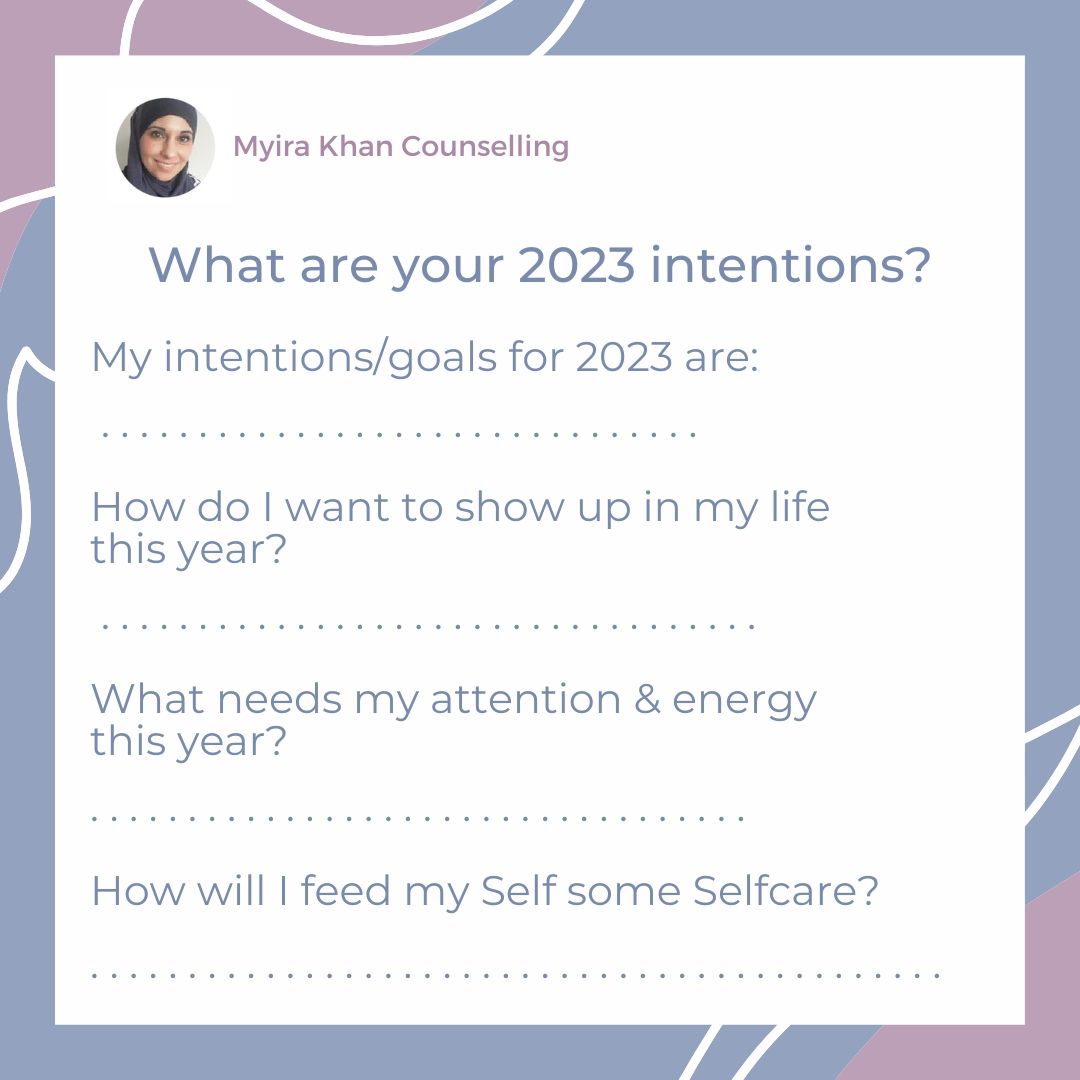Disorganised Attachment - How the relationship is experienced in childhood
What is a Disorganised Attachment pattern and how is it created in childhood?
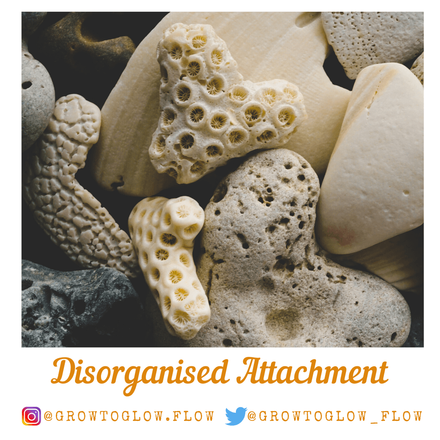
There are 4 types of attachment patterns - secure, anxious, avoidant and disorganised.
We each have one of these types as our dominant pattern of relating and attaching to another person.
Your type of attachment and attachment pattern was formed during the first two years of your life.
This pattern was created from the repeated experience of an attachment and relationship style your mother or primary care-giver gave you during those first 2 years of life.
What that experience of relating felt like and how emotionally available, predictable and consistent your mother / primary caregiver was or was not, creates relationship and attachment pattern being established, experienced and internalised by the infant.
This becomes the attachment pattern and relationship blueprint repeated in subsequent relationships.
Of the 4 types of attachment pattern one is a secure attachment and the other three are types of insecure attachment:
The Disorganised Attachment pattern is created from a relationship where:
• The caregiver is abusive towards the infant, who experiences physical and emotional cruelty and frightening behaviour as being life-threatening.
• The infant is caught in a dilemma where survival instincts are telling them to flee to safety but safety is also the parent who is terrifying.
• The caregiver is the source of distress.
• The infant disassociates from 'self', detaching from what is happening and what they are experiencing is blocked from their consciousness.
One of the easiest ways to identify if this is your attachment pattern, is to think where you fit on these two spectrums:
1. Level of intimacy - the degree to how comfortable or uncomfortable (avoidant) you are with intimacy and closeness.
2. Level of attentiveness - the degree to how preoccupied or avoidant you are with the relationship and your partner.
The greater the degree of seeking closeness / intimacy and attentiveness / preoccupation is likely to indicate an anxious attachment pattern.
The greater the degree of avoidance of closeness/intimacy and attentiveness / preoccupation is likely to indicate an avoidant attachment pattern.
Low avoidance and low preoccupation is an indication of a secure attachment pattern.
Relationship and Attachment patterns is also the theme for our upcoming Grow To Glow June Book Group on Thursday 25th June at 6pm. To register for the Book Group, please email myira@myirakhancounselling.co.uk to reserve your place.
#relationships #attachment #attachmentpatterns #attachmenttheory #childhood #emotions #emotionalavailability #relationshipcoaching #marriage #partnership #intimacy #avoiance #anxiousattachment #avoidantattachment
Follow Grow To Glow on Twitter @growtoglow_flow and on Instagram @growtoglow.flow
